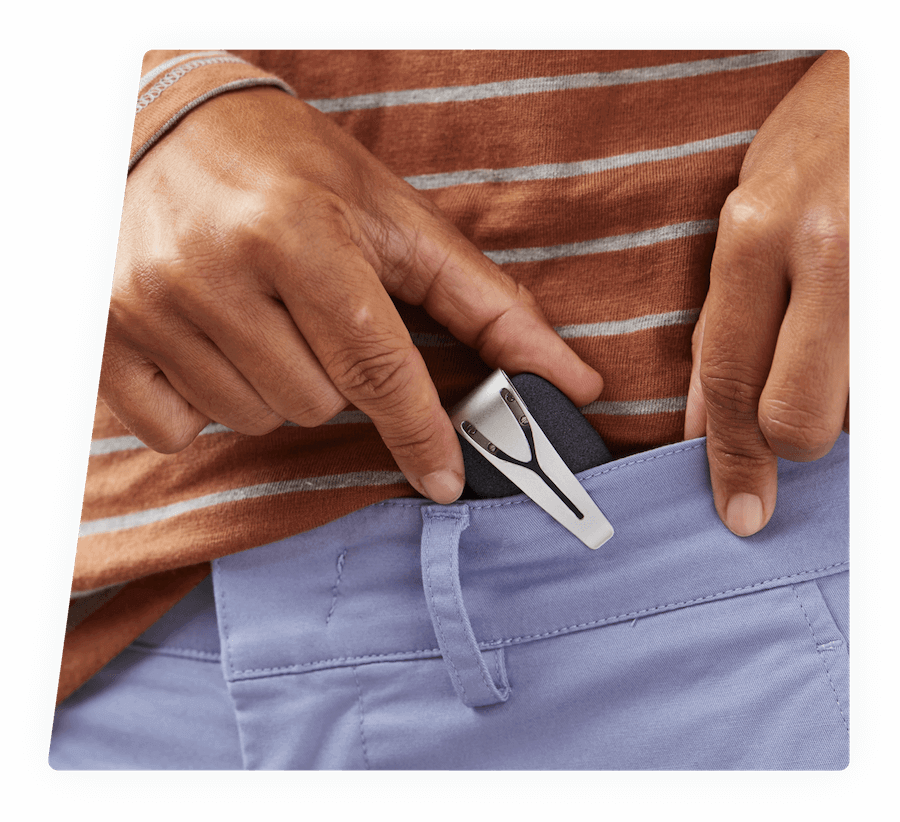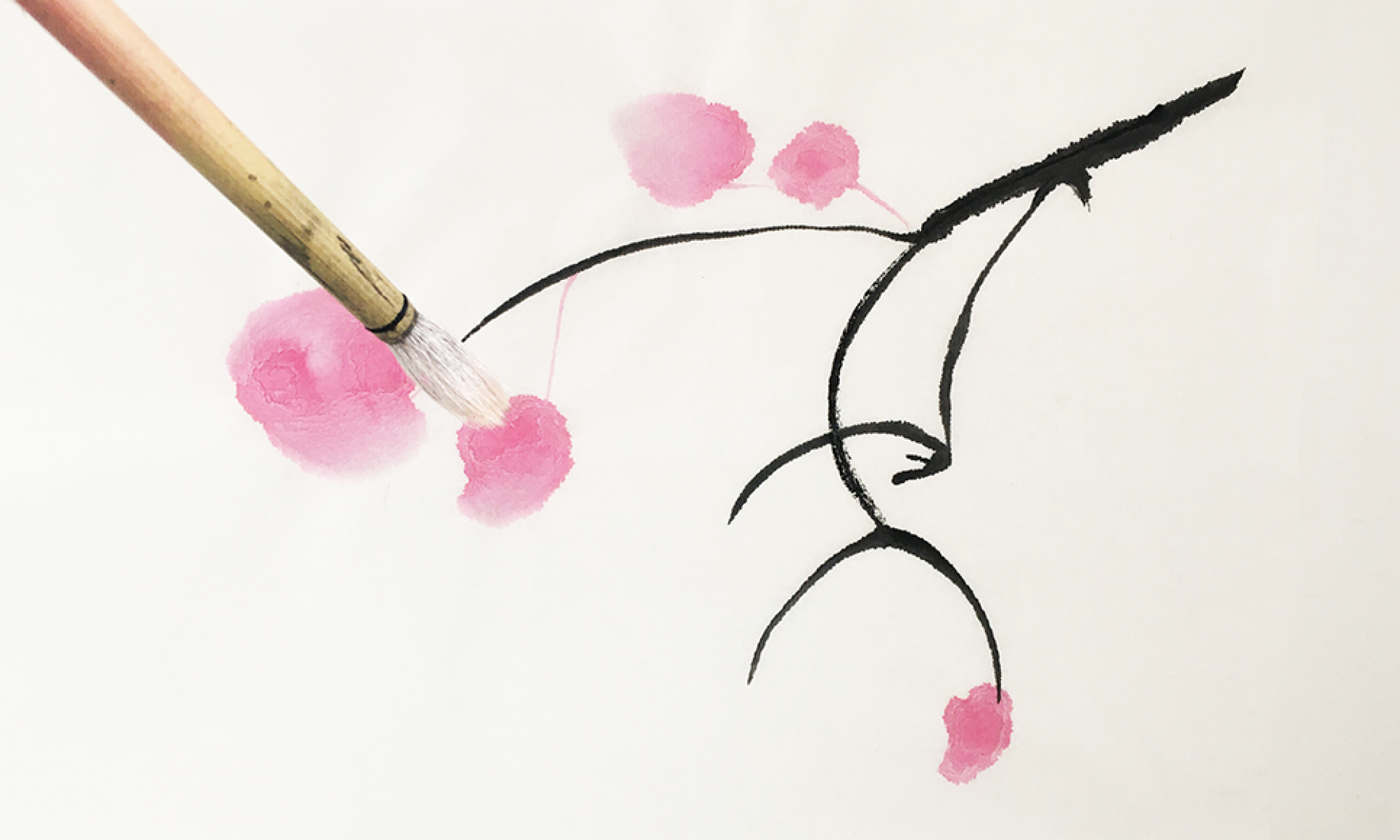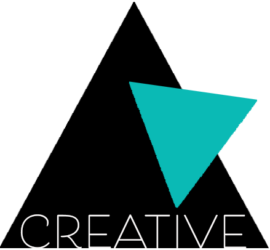A friend of mine sent me a t-shirt with a Bette Davis quote on it “Getting old ain’t for sissies.” I’ve seen it elsewhere: “Old age is no place for sissies.”
As opposed to “lifespan”, I’m interested in healthspan – which is the more formal version of “when I die, I want to dig my grave and fall into it”. You think about these things more as you get older as degradation and entropy show up as inflammation and aches.
The best biohacks are:
- Movement.
- equal is Sleep
- nasal breath
- eating good Foods. How you eat is super-important too, we hope to publish “First Bite” one day.
- water (not too cold)
Ingested
By far the best supplements are what you put in your mouth as part of your Foods and what you exclude. Here is some other things:
“Healthspan”
As a modification to “lifespan”, it would be great to live the old joke of: “dig your own grave and fall into it”. Spending final years as an appendage of corporatised medical support doesn’t appeal and whilst it may be inevitable, minimising the likelihood would be nice ?⚕️.
NAD, Niacin, Resveratrol
Ubiquinol/CoQ10
Even my GP acknowledges the benefit of CoQ10, I prefer Ubiquinol as it is supposed to be 100% more bioavailable. Just make sure you eat it with a fatty meal, I take it at the same time as Resveratrol as they both should be absorbed better with something like a coconut yoghurt at breakfast etc.
Specialist Foods
Fermentation
I like apple cider vinegar first thing in the morning, non-commercial kombucha, sides of sauerkraut/kimchi.
Digestion
An occasional probiotic and digestive enzymes if feeling a little dodgy from getting run-down or bad food and/or travelling. Slippery Elm in powder form helps GERD-like symptoms – I make a dubious latter with coconut milk and a little honey or maple syrup.
Breathing and Chewing
One naturopath advised me that breathing properly before meals release digesting enzymes. Sounds believable based on what I’ve learned about the vagus nerve.
Stress and Anxiety
For (so-called) normal people with (so-called) normal stress, I’ve a growing view that quality breathing, meditation, exercise and framing tools like Stoic practices are more impactful than supplements. The cost and complexity of adding supplements for stress is a pain, but will help in a tight spot.
Quality varies widely, look for GMP badges as (hopefully) an indicator.
L-theanine
If you want to take the edge off your daily caffeine.
5-HTP and St John’s Wort
Interesting combo for lifting mood (males in my family had depressive tendencies and I work with that daily. A sideffect is that exercise intensity is reduced as they chill me out too much.
Ashwaganda (Withania)
A well-known adaptogen for stress and relaxation.
Technology
We need to reframe our thinking about our “naturalness” vs cyborg-ness – we are already cyborgs. Spectacles are a decent example of cyborg technology, so is a smartphone. Human’s unique adaptation is to problem solve, in recent times this is broadly distributed through body augmentation – the quantified self movement appeared in the mid-2010s.
Skillful use or slavery to technology are both possible, for example, once you start using Spectacles your eyes/brain adjust from that so that you can never return to Spectacle-less living.
Quantified Movement
Google Fit
The not-to-be-trusted tech giants (Apple and Google) fought a huge fight to breach our privacy down to biological details. At this time I use Google to track weight, exercise, meditation. If I can help it, they won’t get my DNA.
Polar M600/Flow/H10 chest strap
The Polar M600 is an old watch that is great, it has a GPS, Heart Rate, connects to H10 Heart Rate strap for more accurate HR and HRV readings.
Polar Flow feeds Strava exercise details of all sorts of movement data, here is an example of Polar’s heart rate avg/max, pace etc. Strava has much deeper analysis for serious exercisers (not me).
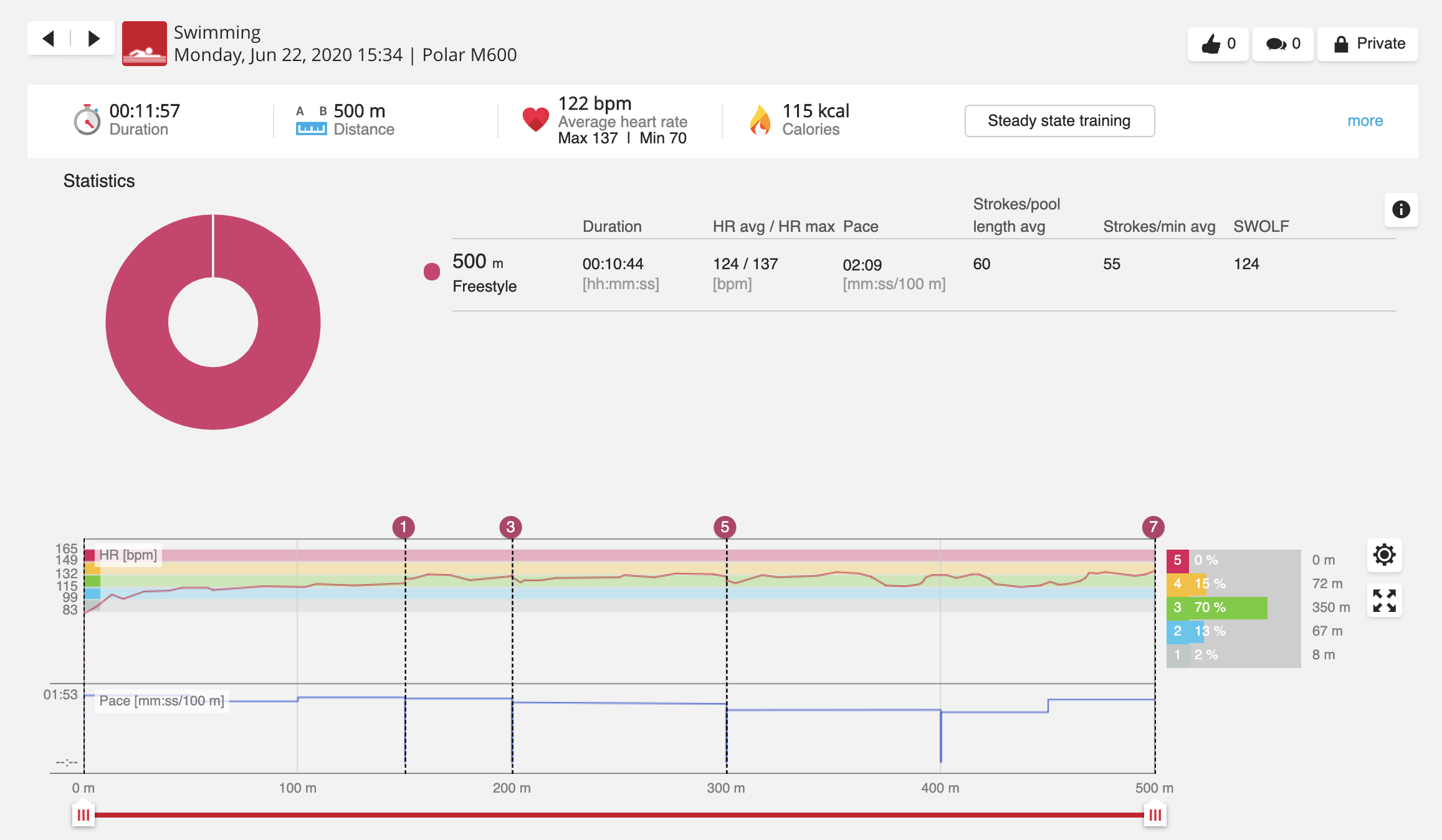
Renpho scales
Chinese brand scales that feed direct to Google Fit. It has an app for Android/IOS with loads of fat %, BMI data. Quality of data is reasonable but didn’t match a more professional measurement by https://inbodyusa.com/ but for normal usage, it or similar body composition scales will do.
Meditation/Brain
My perspective is that any guided Meditation only takes you so deep – great for providing some scaffolding, but not as a crutch. Any App, EEG, bio-feedback or HRV should be used as a step on the journey, a research tool or useful for injecting variety/breaking a habit pattern.
Muse Headset
If you don’t have data mining skills and time, all you will get will be some pretty pictures and a vague sense about the relationship to states.
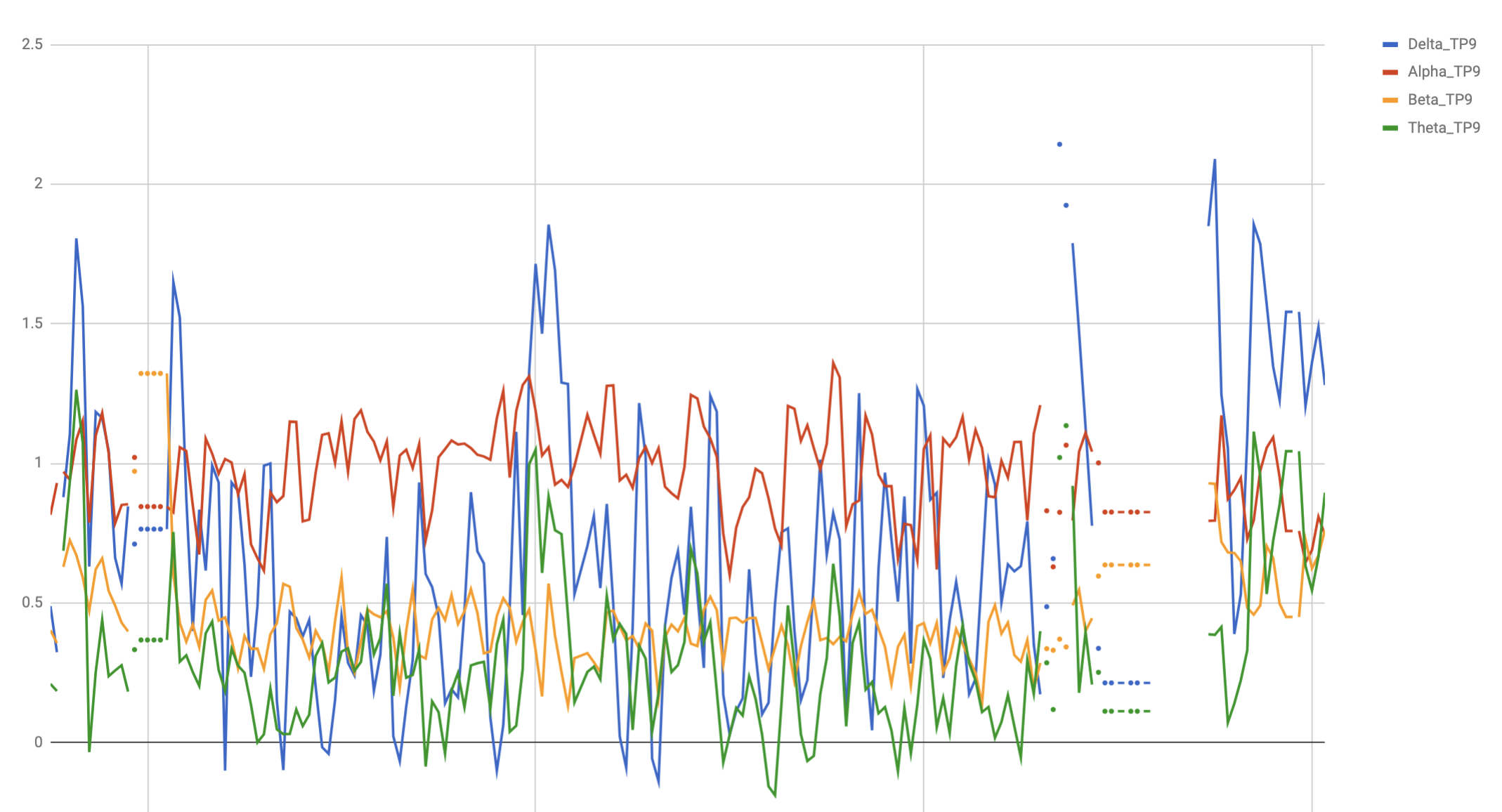
ESTIM
I have one of these gadgets but am too gutless to experiment intently without supervision. The science indicates
Heart Rate Variability (HRV)
I’ve got all the following gadgets – HRV interests me because of its relationship to breath, vagus nerve and parasympathetic nervous system.
Oura (Ring)
ATM, I only use this form Sleep analysis – the reddit forums have discussion about how inaccurate it is – it works well enough for me.
Excellent analytics presentation on both mobile and web apps.
getlief.com
I want to like this but the patches are very high maintenance. It is way more accurate than Oura but only when it isn’t falling off.
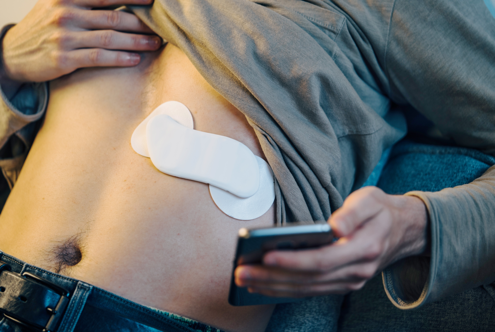
Spire
Belly breathing monitoring – I think they have newer models now.
https://spirehealth.com/pages/stone
